Achalasia is a disorder of esophageal motility manifested by difficulty in swallowing. In achalasia, the opening of the lower part goes off track, blocking food transport from the esophagus to the stomach. A normal peristaltic wave is also not formed. Thus, the bite does not move like it should.
These pathologies result in a narrowing of the lower part of the esophagus and a backlog of food. Secondarily, the section of the esophagus located above the stricture is dilated. Stretched by the presence of food, the oesophageal wall loses thickness. These pathologies cause the symptoms and distant health consequences of achalasia.
The esophagus is an essential organ in the digestive system that connects the pharynx and the stomach. The main function of the esophagus organ is to transport swallowed food to the gut. The esophagus consists of two layers of muscular membrane lined inside with mucous membrane. Esophagus ailments usually involve unusual structure, weakness in function, or harm to specific sections. A condition called esophageal achalasia is an example.
In its normal state, the esophagus serves as a route by which a bite of food travels from the mouth to the stomach. It happens through the efficient mechanisms of the peristaltic wave, moving the contents down the esophagus and the coordinated diastasis of the lower oesophageal sphincter.

The direct cause of oesophageal achalasia is abnormally controlled smooth muscle. In the middle part of the esophagus, the fibers cease to contract efficiently, while in the lower part, which enters the stomach, the fibers are permanently contracted, which makes the passage of food difficult. The etiology of the oesophageal achalasia is not fully understood. Possible causes of achalasia include the following:
Autoimmune factors – Some experts think achalasia is linked to a weird response from the immune system. If true, achalasia of the esophagus would be part of immune system diseases. This long-lasting issue occurs when the body's defense system acts too strongly and ends up hurting its own cells. This results in ongoing swelling inside the body. Autoimmune diseases can harm various parts and systems of the body, creating many signs.
Infectious agents – Another presumed cause of oesophageal achalasia is the occurrence of an infectious disease that causes complications. One hypothesis is that the lesion is caused by the body's reaction to HSV-1 infection![]() , which is typical among humans. Human herpesvirus is conventionally referred to as herpes simplex virus. The virus spreads through fluid from blisters, saliva, and touching wet skin surfaces. It's tough to fully heal HSV infection because herpes viruses tend to hide and stay dormant, a common trait.
, which is typical among humans. Human herpesvirus is conventionally referred to as herpes simplex virus. The virus spreads through fluid from blisters, saliva, and touching wet skin surfaces. It's tough to fully heal HSV infection because herpes viruses tend to hide and stay dormant, a common trait.
Environmental factors – Many illnesses are also shaped by things in our environment. This means stuff like pollution and harsh conditions. Also, things like chemicals, medicine, and what's in our food can influence this. Environmental diseases are not limited to allergic reactions. An ecological illness is directly, wholly or partly a consequence of exposure to environmental factors. The health effect of exposure to a harmful environmental factor usually occurs after a long-term period.
Genetic factors – An important role is also attributed to genetic predisposition. Family achalasia![]() is thought to make up close to 2% of all instances. Genetic illnesses come about because of odd gene or chromosome structure or amount. For a birth illness to happen, there must be a change in a person's genetic makeup. Specialized exams are needed to identify a genetic illness. Genetic testing involves an in-depth analysis of a patient's genome in whom a genetic condition has been suspected.
is thought to make up close to 2% of all instances. Genetic illnesses come about because of odd gene or chromosome structure or amount. For a birth illness to happen, there must be a change in a person's genetic makeup. Specialized exams are needed to identify a genetic illness. Genetic testing involves an in-depth analysis of a patient's genome in whom a genetic condition has been suspected.

Achalasia is caused by excessive tension of the lower oesophageal sphincter, which impedes the passage of food into the stomach. As a consequence, contents accumulating in the esophagus cause dilatation of the esophagus, which results in wall thinning and even fibrosis![]() . Sufferers underestimate the first signs of this condition, while achalasia not only increases the risk of oesophageal cancer
. Sufferers underestimate the first signs of this condition, while achalasia not only increases the risk of oesophageal cancer![]() but can also put the esophagus at risk of complete oesophagectomy. General symptoms of achalasia include:
but can also put the esophagus at risk of complete oesophagectomy. General symptoms of achalasia include:
Dysphagia – The first symptom experienced by a person with oesophageal achalasia is difficulty swallowing or dysphagia. This sickness grows gradually. Each firm mouthful of meal needs more and more liquids to remove the discomfort of blockage over time. Activity, standing, and drinking fluids after eating can help because they make it easier for food to go into the stomach. At first, having trouble swallowing hits solid foods, but as it progresses, even liquids can become a challenge.
Chest pain – Achalasia may result in discomfort, creating a sense of pressure located in the chest, behind the breastbone. This discomfort commonly moves across the chest area and can extend to the neck and upper limbs. The left side often experiences it the most. It can be burning, pressing, squeezing, or clenching in character. It usually intensifies during exercise and subsides afterward.
Choking – Achalasia makes it difficult to eat food, which results in frequent choking when eating. Stopping is a condition in which a foreign body enters the airways. Breathing can be fully or partially hindered, causing airflow disruption. Choke events usually bring about coughing and shortness of breath. The person affected may appear upset, and urgent help is necessary in serious situations to avoid suffocation.
Heartburn – Typically, heartburn manifests as a burning pain in the chest at the sternum level. Sometimes, the pain can also be slightly lower in the epigastrium. Sour burps may also be present. These are persistent and cause a burning feeling in the throat and mouth. Heartburn is a sign of too much acid that has formed in the stomach. It is one of the symptoms of indigestion. Heartburn occurs when we eat a too-rich and heavy meal. In achalasia, heartburn occurs more frequently.
Cough – This symptom in achalasia occurs due to whooping, or it can take a chronic form. Coughing is a physiological defense reflex to clear the airways of excess secretions or foreign bodies. It is triggered by irritation of cough receptors in the bronchi; nerve impulses are then conducted to the cough center in the brain. The cough reflex can be triggered by impulses originating in the lung tissue, pleura, diaphragm, external auditory canal, or abdominal cavity.
Vomiting – A characteristic symptom of oesophageal achalasia is food content regurgitation, i.e., the passage of food from the stomach all the way back to the esophagus, which can result in vomiting. This is an uncomfortable issue that can lead to serious problems. When food travels back from your throat to your mouth, it could get into your breathing system. This might cause a throat infection.
Weight loss – Poor eating leads to weight problems due to blocked food in the digestion system. Losing weight too fast can hurt your health. Extreme weight loss can cause complicatins like dehydration, electrolyte imbalances, and blood sugar control problems. Weight loss is a symptom that should not be underestimated because, whatever the cause, it can be a sign of protein-calorie malnutrition and affect immune suppression.

It is essential not to underestimate the symptoms, as untreated oesophageal achalasia causes serious complications. Continuous irritation and stretching of the oesophageal walls causes mucositis. Achalasia can, therefore, cause various inflammatory conditions and dangerous complications, which include:
Pneumonia – Food content that backs up from the esophagus into the mouth can enter the airways, where its presence can cause the development of aspiration-pneumonia![]() . Inflammatory agents can be food, fluids, saliva, stomach contents, toxins, and even small foreign bodies. Symptoms of phlebotomy pneumonia usually include coughing and breathlessness, and the diagnosis is based on clinical presentation and chest X-ray findings. Pneumothorax's death risk is minimal. Not treating pneumonia could lead to critical conditions, include severe breathing problems or lung swelling and are very harmful for youngsters.
. Inflammatory agents can be food, fluids, saliva, stomach contents, toxins, and even small foreign bodies. Symptoms of phlebotomy pneumonia usually include coughing and breathlessness, and the diagnosis is based on clinical presentation and chest X-ray findings. Pneumothorax's death risk is minimal. Not treating pneumonia could lead to critical conditions, include severe breathing problems or lung swelling and are very harmful for youngsters.
Bleeding – Gastrointestinal bleeding![]() doesn't happen often. When the food pipe walls get irritated and stretched, it leads to mucositis and then bleeding. When blood gets into the tummy tract, it's known as tummy bleeding or hemorrhage. Throwing up that has some blood in it shows there could be upper stomach bleeding. Make sure to watch closely for signs of bleeding. This is important because these signs might point to a serious sickness.
doesn't happen often. When the food pipe walls get irritated and stretched, it leads to mucositis and then bleeding. When blood gets into the tummy tract, it's known as tummy bleeding or hemorrhage. Throwing up that has some blood in it shows there could be upper stomach bleeding. Make sure to watch closely for signs of bleeding. This is important because these signs might point to a serious sickness.
Oesophagitis – Inflamed esophagus, or oesophagitis, can be a short-term or a long-term ailment linked with harm to the mucosal lining. Chronic inflammation leads to a weakened esophageal wall. Also, damage to the blood supply occurs, forming scrapes and open sores. With time, the lining tissue dies, creating a link with big blood vessels beside the esophagus. In the end, a hole or perforation happens. The symptoms of oesophagitis are mostly heartburn, pain in the esophagus and during swallowing, and hoarseness. Mild oesophagitis is characterized by reddening of the mucosa and small superficial lesions of the mucosa.
Oesophageal stricture – As the disease progresses, significant narrowing of the esophagus occurs, with the widening of the oesophageal lumen above the stricture and marked wall thinning. Oesophageal stricture, or oesophageal stenosis, is a reduction in the diameter of the esophagus that most often results in impaired swallowing of solid food. Treatment includes various methods depending on the patient's condition. Sometimes mechanical stretching is not possible, in which case multiple types of surgery are used.
Oesophageal cancer – The type of cancer is a disease that has a poor prognosis and is challenging to treat. Early symptoms of oesophageal cancer are usually non-specific and resemble reflux disease. During cancer, there is usually a gradual narrowing of the oesophageal lumen, causing difficulty in swallowing solid food and, later, liquids. Oesophageal cancer, the harmful type, typically grows locally, pushing into near organs and attacking local lymph nodes. Palliative care's targets, for those who can't undergo surgery or where the cancer has spread, are to main natural eating habits, halt the disease's growth, and better everyday life.
Oesophageal diverticula – The previously mentioned thinning of the oesophageal wall favors the formation of diverticula. A diverticulum is an outward protrusion of the oesophageal wall. It causes dilation of the esophagus and a backlog of food content transported to the stomach. It can be of various sizes and occur in each esophagus part. Food stuck in the throat annoys the inside lining and deeper parts of the throat wall, causing swelling. This could poke a hole in the throat wall. The buildup from the bulging area can then spill into the chest or stomach area. This is very risky and needs instant surgery.

In each case of swallowing difficulties, it is essential to see a doctor and carry out further tests to clarify the cause of the discomfort. Diagnosis is critical because dysphagia is a very non-specific symptom that can also occur in tumors in the head and neck, autoimmune diseases, or abnormalities of the central nervous system. In the diagnosis of achalasia, tests such as:
Chest X-ray – Chest X-ray after oral administration of contrast is used in the diagnosis of achalasia to make the shape of the interior of the esophagus clear. On X-ray, the lower oesophageal sphincter forms an image of the bird's beak, with smooth wall outlines sharply tapering downwards. X-ray examination does not need any special preparation of the patient and is relatively safe. Caution should only be exercised in the case of pregnant women and young children.
Endoscopy – Endoscopy, or more specifically gastroscopy, allows both the condition of the oesophageal mucosa to be assessed and specimens to be taken for examination by a pathomorphologist and the exclusion of oesophageal cancer. Gastroscopy is the most effective diagnostic method of the upper gastrointestinal tract. Contraindications to gastroscopy are severe diseases that make the risks of performing the examination outweigh the benefits. Such conditions include powerful heart or respiratory failure, acute coronary syndrome, and heart attack, as well as uncompensated blood clotting disorders.
Manometry – Manometry is another handy tool. It helps measure pressures inside the esophagus and its lower muscle ring. It finds unusual features that are unique to achalasia. Esophageal manometry is a specific test in the field of stomach and gut health. It demonstrates the function of the esophagus. It can help diagnose the causes of swallowing disorders. The test involves passing a small flexible probe with side openings through the nose into the stomach. The probe is small and does not cause pain; only discomfort may be felt during insertion.

There are various treatments for achalasia, which depend on the symptoms present and the patient's condition. Treatment methods may include:
Pharmacological treatment – Pharmacological treatment is the least commonly used due to its low efficacy. Conservative treatment includes the symptomatic use of drugs that reduce the tension of the lower oesophageal sphincter. It uses nitrates, which currently have the most excellent effectiveness in this condition, and medications from the calcium channel antagonist group. Attention is drawn to the low efficacy and side effects of the drugs.
Surgical procedures – The invasive techniques to treat achalasia include gastroscopy, appropriate anesthesia, and patient preparation. These belong to mechanical dilatations, injections of the lower oesophageal sphincter, or incisions of the oesophageal musculature. Classical surgical treatment is also possible, involving incision of the oesophageal musculature and the lower oesophageal sphincter. A common method used today is called the POEM technique, which is short for transoral endoscopic myotomy.
Prevention – It's key to steer clear of foods that lead to upset; this forms a major part of the treatment. It's recommended to finely chew food, enjoying little servings at a relaxed pace. Dodging stress-filled situations in day-to-day life can help lessen our issues too. To lower the chance of gulping issues, try sleeping slighter higher up. Staying clear of things like smoking and too much drinking helps fight off throat cancer. If you're dealing with adenocarcinoma, pay extra attention to keeping your weight in check.

A correct diagnosis is essential, as the symptoms of achalasia may indicate different, more developed disease entities. Thus, the differential diagnosis includes other organic causes of stenosis of the gastro-oesophageal junction, which are referred to as pseudoachalasia.
Pseudoachalasia – Achalasia secondary to an ongoing neoplastic process. Characteristic symptoms may occur in pseudo achalasia, most commonly due to neoplastic lesions of the esophagus around the stomach gullet and amyloidosis or sarcoidosis. Secondary achalasia must be considered, especially in patients over 55 years of age, with short duration of dysphagia and with unintentional weight loss. Endoscopy is essential in patients with achalasia to exclude pseudoachalasia.
Amyloidosis – The diagnosis of gastrointestinal involvement in amyloidosis is diagnostically challenging due to the non-specific and varied clinical presentation. Amyloid deposits can affect the structure and function of each gastrointestinal tract organ, mainly the liver and small intestine. The most common symptoms are weight loss, chronic diarrhea, abdominal pain, and gastrointestinal bleeding. The prognosis of gastrointestinal amyloidosis depends on its etiology and the level of organ damage, worsened by liver involvement and malnutrition.
Sarcoidosis – Sarcoidosis is a disease that involves the formation of small inflammatory nodules in various body organs. Sarcoidosis most commonly consists of the lymph nodes of the central chest, or mediastinum, and the lungs, but can affect each organ. Sarcoidosis can be asymptomatic. Symptoms may affect the organ in which the disease develops and may only occur intermittently. Not all characteristics of sarcoidosis need to be treated. The condition usually resolves spontaneously after a few weeks or months.

The incidence of achalasia among children and adolescents is infrequent![]() . Achalasia in children is usually congenital and becomes apparent between 2 and 6 months of age. The term refers to impaired relaxation of the oesophageal lips, contraction of the oropharyngeal ring muscle, or the oropharyngeal ring bead. Most patients complain of a feeling of food retention in the lower neck. Gastroesophageal reflux is also a potential cause of oropharyngeal ring muscle spasm.
. Achalasia in children is usually congenital and becomes apparent between 2 and 6 months of age. The term refers to impaired relaxation of the oesophageal lips, contraction of the oropharyngeal ring muscle, or the oropharyngeal ring bead. Most patients complain of a feeling of food retention in the lower neck. Gastroesophageal reflux is also a potential cause of oropharyngeal ring muscle spasm.
Oesophageal achalasia is a chronic, progressive disease that, if untreated, causes progressive cachexia in the patient. It is essential to bear in mind the possible complications of the condition, such as recurrent pneumonia or oesophageal cancer. Patients should be under close gastroenterological control. Currently, surgical treatment is the most effective therapeutic method, although there are new benefits with POEM, such as high efficacy and less invasiveness.
In the normal state, the esophagus serves as the route by which a bite of food moves from the mouth to the stomach. In oesophageal achalasia, the lower sphincter's diastole is impaired, preventing food passage from the esophagus to the stomach. A normal peristaltic wave is also not formed. Thus, the bite does not move like it should.
These pathologies cause the symptoms and distant health consequences of achalasia. The etiology of the oesophageal achalasia is not fully understood. Researchers postulate possible environmental, autoimmune, and infectious causes, as well as genetic causes. The first symptom experienced by a person with oesophageal achalasia is difficulty swallowing or dysphagia.
Achalasia is not common in youngsters. It often shows up in kids from 2 to 6 months old, being inborn. It's when the throat's lips don't relax fully, the ring muscle of the throat tightens, or the throat's ring bead forms. Lots of people mention a sensation of food sticking in the bottom of their neck.
It is essential to remember that these symptoms do not belong to achalasia alone, so the diagnosis can only be made based on a medical consultation, especially if alarm symptoms are added to the above. It is essential not to underestimate the symptoms, as untreated oesophageal achalasia causes serious complications. Among the treatment methods for oesophageal spasms, we can mention pharmacological treatment, but surgical procedures are much more effective.
Table of Contents
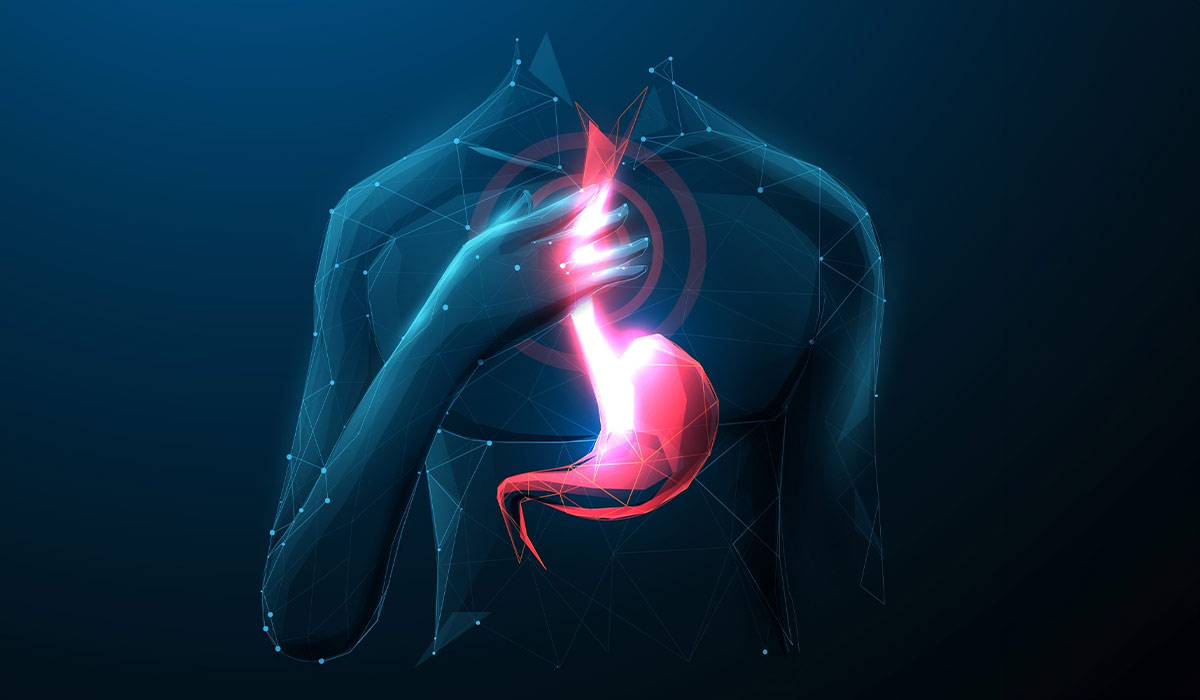
Heartburn is a common condition but it can also be a symptom of illness. Read the article and find out… read more »
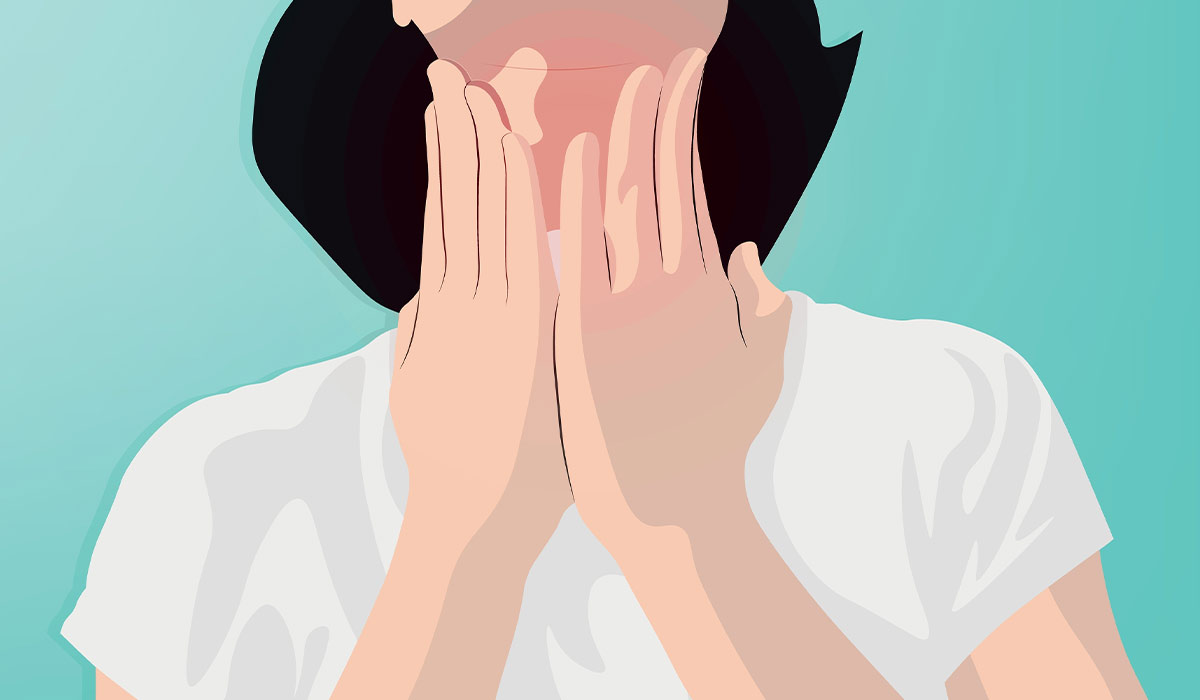
Esophagitis is inflammation of the esophagus. Most often, it is caused by acid reflux. What are its symptoms? How is… read more »
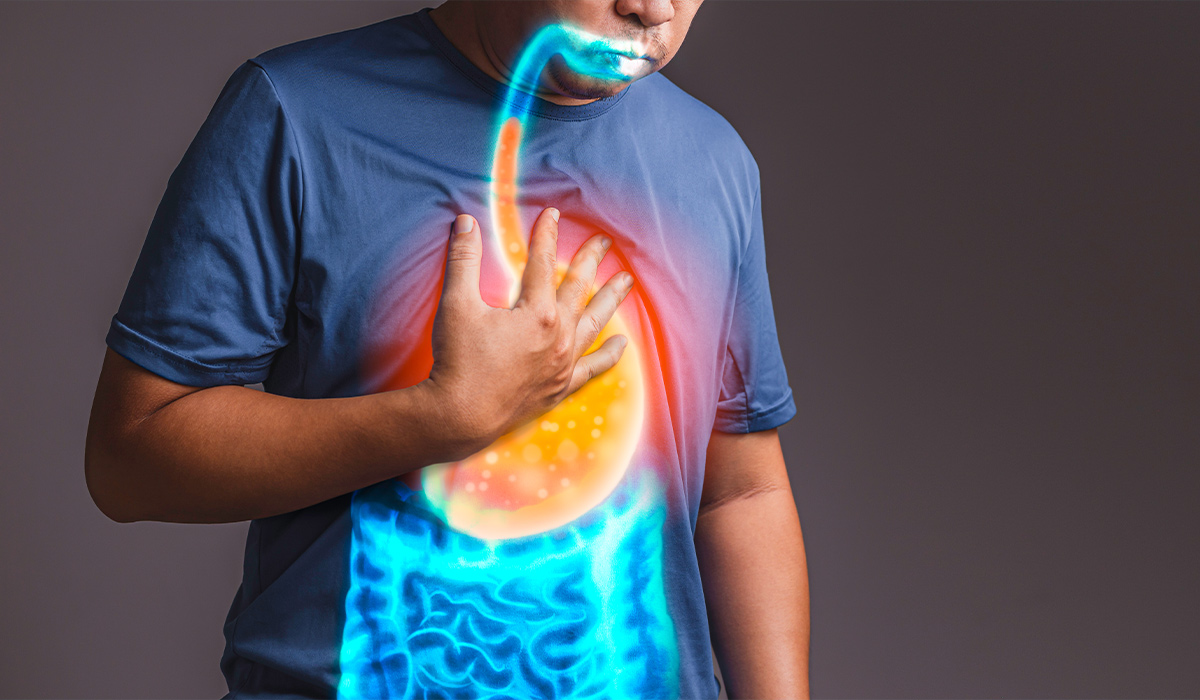
GERD is a condition in which stomach contents flow back into the esophagus. If you feel heartburn and a burning… read more »

A hiatal hernia is a condition where the upper part of the stomach protrudes into the chest. Who is at… read more »
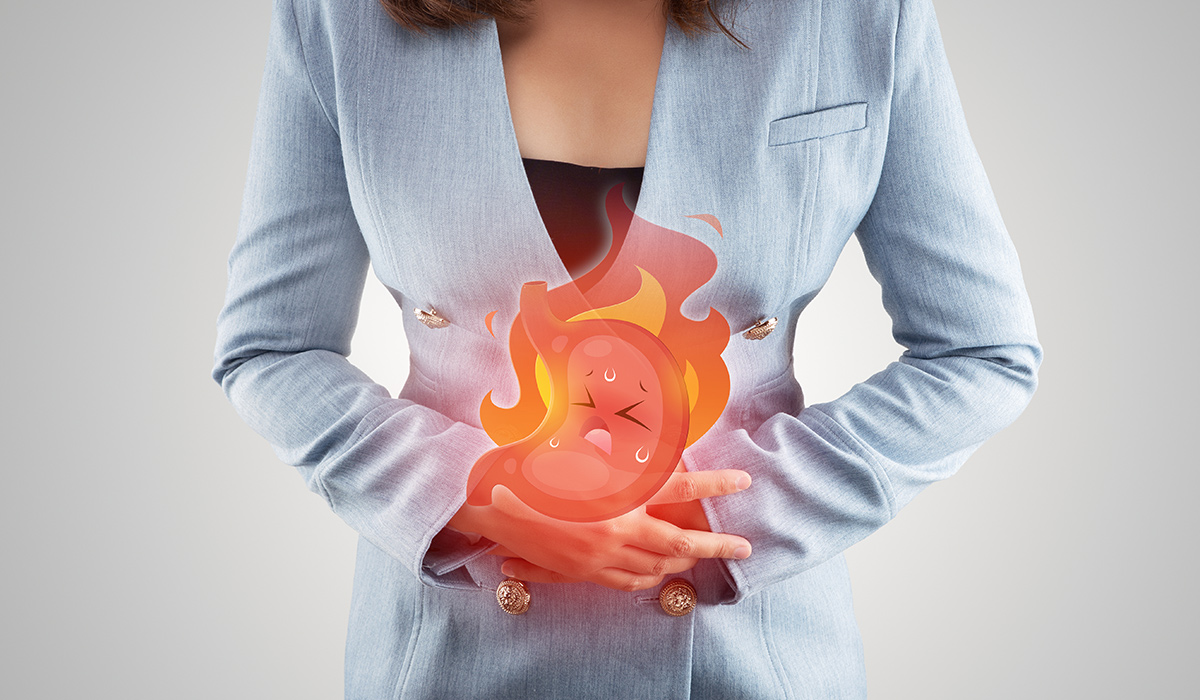
In chronic acid reflux, also known as gastroesophageal reflux disease (GERD), excessive acid in the stomach flows back to the… read more »
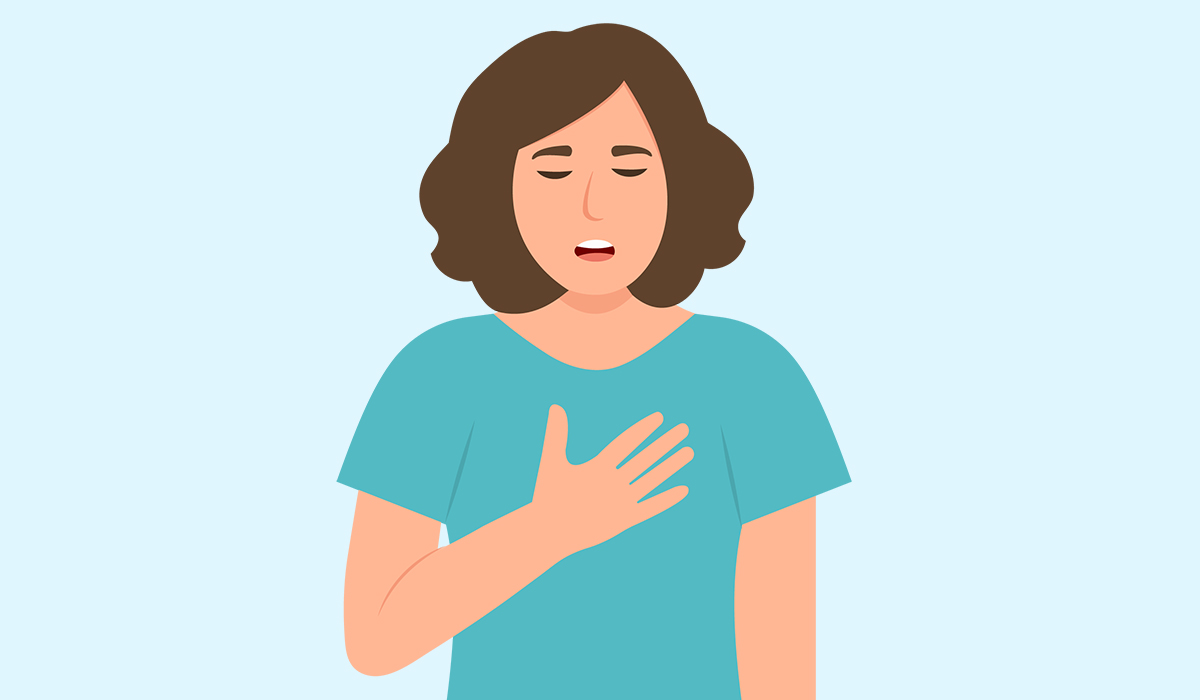
Chest pain refers to any discomfort, pressure, tightness, or pain that occurs in the chest area. It can vary in… read more »
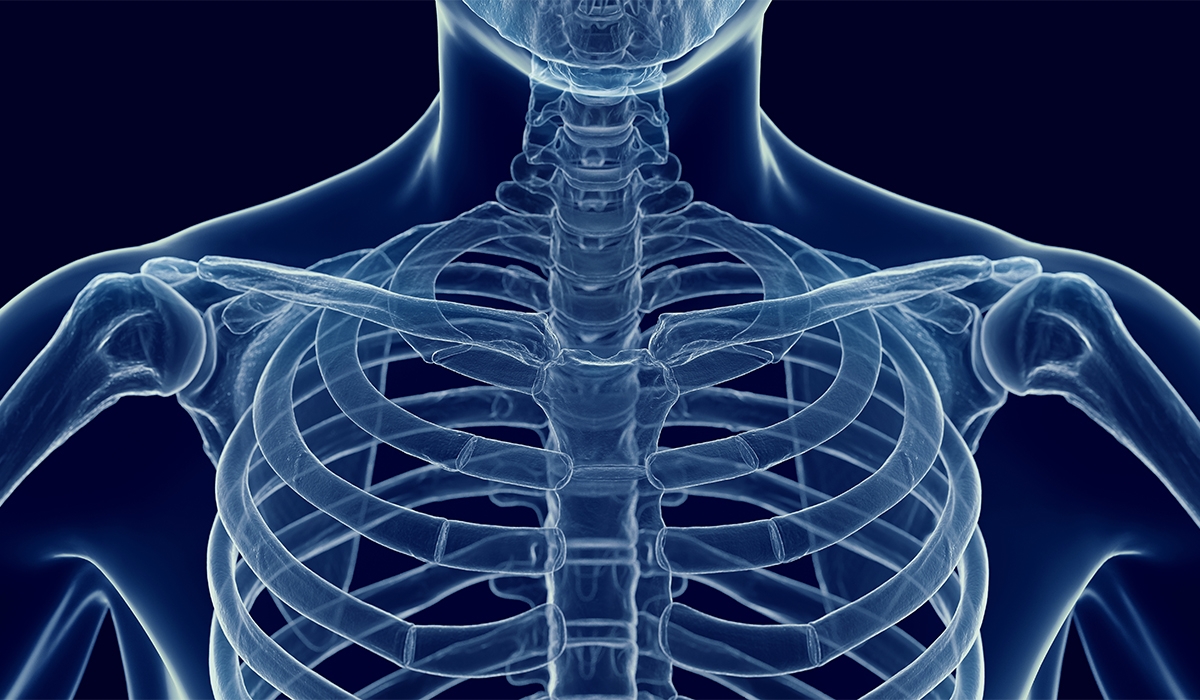
Costochondritis occurs when the cartilage connecting your ribs to your breastbone becomes swollen. It causes a sharp and intense pain… read more »
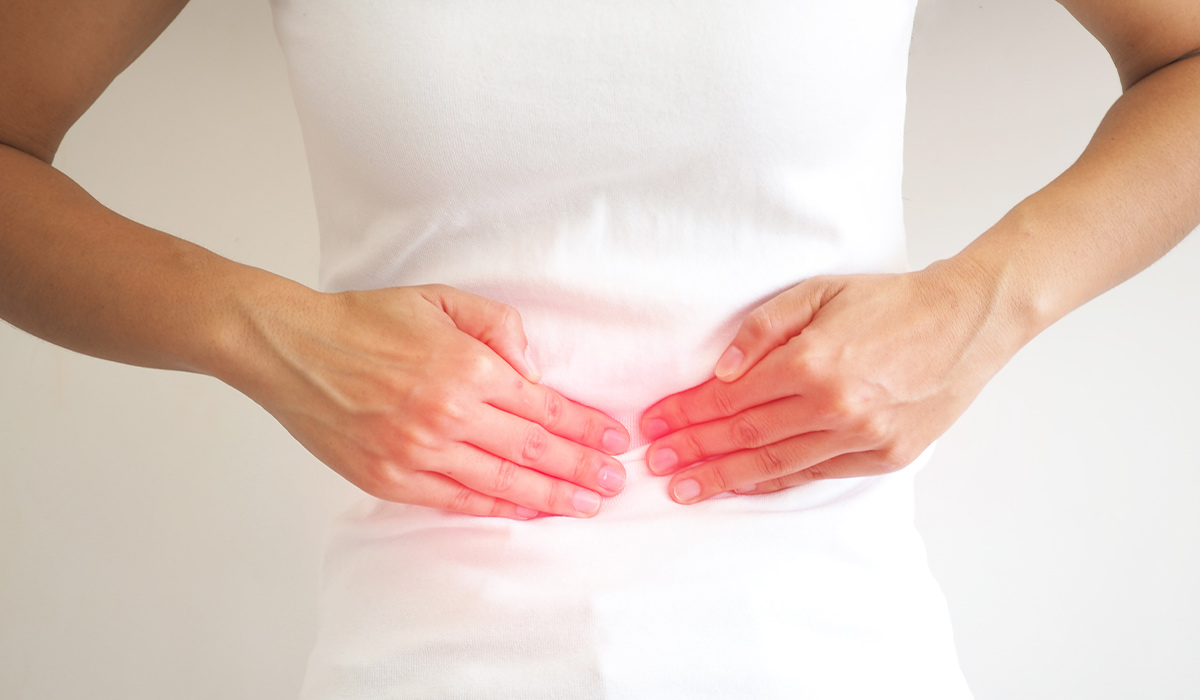
Stomach ulcer symptoms are easily recognizable. However, sometimes the disease is asymptomatic. See how to recognize stomach ulcer disease and… read more »

A gastroenterologist deals with the diagnosis and treatment of diseases of the human digestive system. What does a visit to… read more »